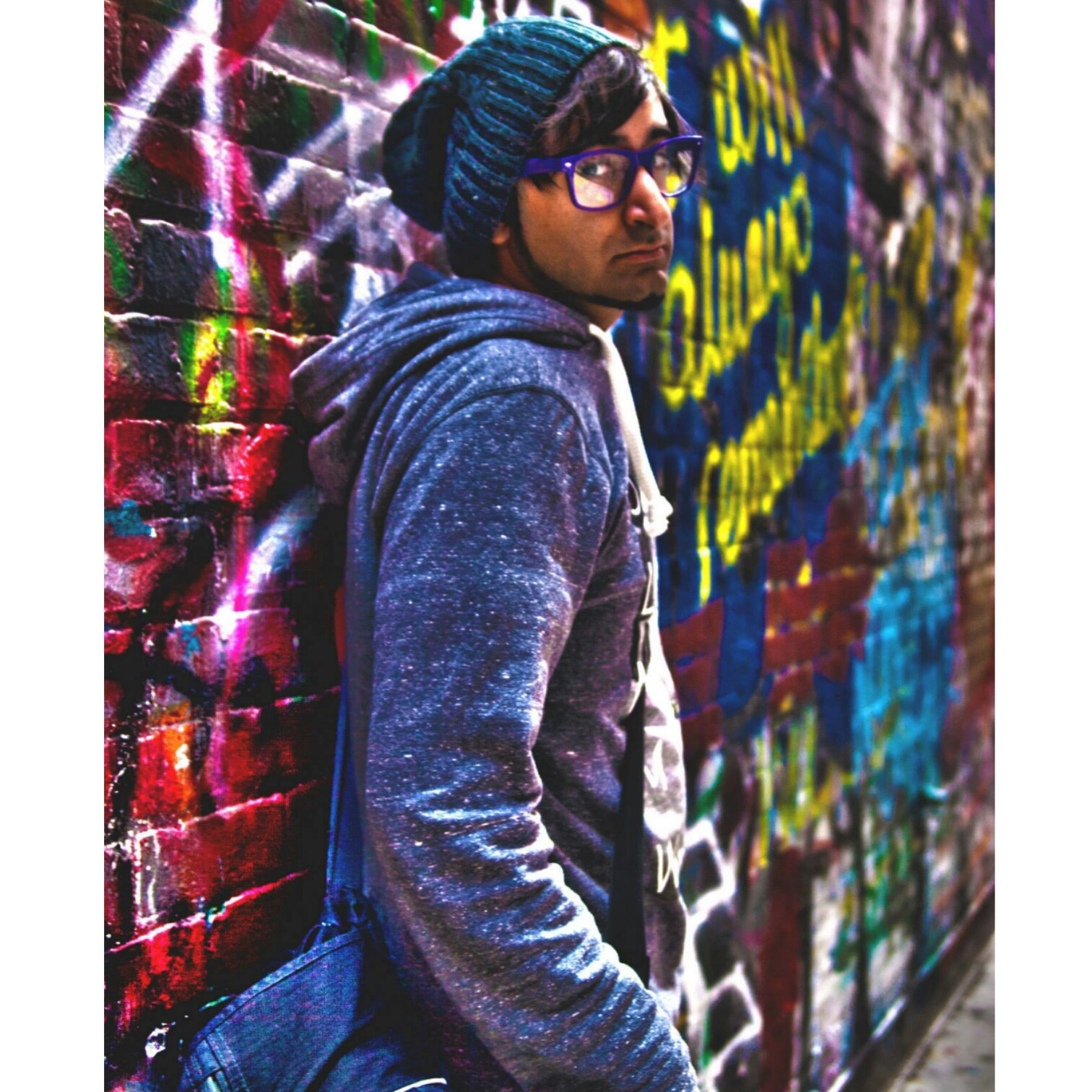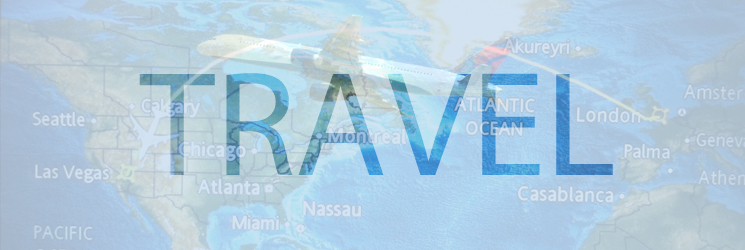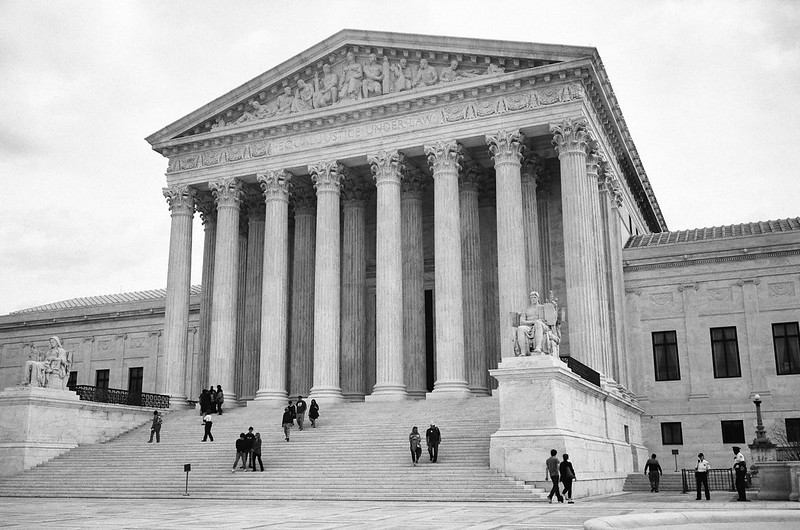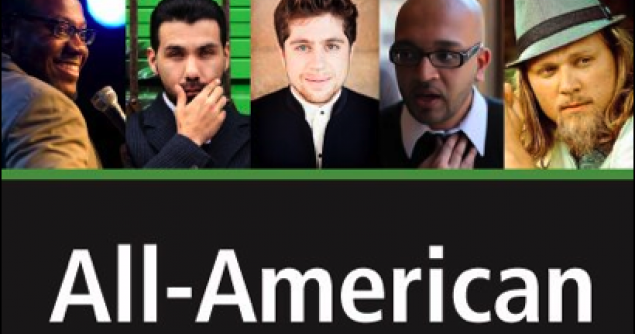Recently, I had the pleasure of speaking with Zain Shamoon, Creative Outreach Director of the Muslim Mental Health Institute based in Michigan. He took a moment to talk about the innovative approaches he and his colleagues take with regard to mental health in their local Muslim community.
atlM: So where do we begin when we try to talk about the status of mental health for the U.S. Muslim community, or the Muslim Mental Health Institute, or Narratives of Pain?
Zain: I’ll start first with the Muslim Mental Health (MMH) Institute. We are a professional organization that provides a platform for research presentation, with regard to mental health issues in the Muslim community. Our job entails community outreach, research and education.
The institute does not provide its own research, but serves as a platform for other papers and topics. The conference that we put on annually is where people can come together to learn about different resources. I, as the Creative Director, am entrusted with connecting with new and young professionals in Mental Health who want to get involved with the annual conference.….kind of the new kid on the block…
altM: So what do you specifically provide for this Conference?
Zain: My job with Muslim Mental Health is to find new and innovative, experiential ways, to address mental health – like a workshop where we heal together through storytelling. This is not a presentation of research, though.
The reason we need that is that when people come to a Muslim mental health conference, they come for more than academic reasons, because mental health concerns are lived realities that we want to tackle for our lives, and lived conditions, not just academically….We also need a safe space for people to talk about issues…..it leads to organic conversations…and the question always remains….can we do something that allows people to be more open? That led to Narratives of Pain…
altM: Tell us about Narratives of Pain. How does it link to the conference?
Zain: Narratives of Pain (NOP) was its own thing, but I included it with the conference this year as a novel way to address mental health in the community, by doing something that wasn’t an academic presentation, but rather a community experiencing and storytelling workshop. It is similar to Taleef Collective in that it creates a space for people to organically express themselves. You also have the Muslim Writers Collective, Coming of Faith…but the difference with NOP is that there is no dialogue happening.
altM: Hmm..interesting. Dialogue is kind of a toolkit word for Muslims these days.
Zain: NOP is actually a 2-3 hour session of storytelling where the community can express what is going with one another and serve as witnesses for each others’ stories. The reason that it is not a dialogue is because there is no mechanism for response. You see, you can’t allow for someone to affect the vulnerability [of opening up].
But it is not a talent show either. You wouldn’t exactly call the participants artists, but these are people who get up and say, “Here is what happened to me.”
altM: What kind of process did you embark on to make Narratives of Pain come to life?
[Please note: NOP was for the first time this year made a part of the conference- these specific NOP workshops are available outside of the conference, but are organized by Zain and his core team]
Zain: I went out looking for a 3rd space to find stories… I was looking for those spaces..We need alternative places to hang out and take a breath and feel free. For example, what do people do on a Thursday night ? Eat, go to the movies? We don’t always see each other in wholesome ways.
So why do people come to Narratives of Pain? They have to trust that this place will organize everything for them.
Following my introduction, we begin the show. We usually feature 4-6 storytellers. These don’t have to be “artists” or “performers” although they can be. The reason is, because this is not a “concert” – its a healing space that can happen to be entertaining and refreshing. In addition to the feature storytellers, we have three community games – that’s how we involve people. The community games are short sentences and stories where people can contribute. For instance, we have already done a game called “Something that hurts me is….” where members of the audience fill in the blank each commenting on something that hurts them – No one is expected to participate, but they may utilize the exercise if they would like. It’s really a beautiful spectacle though because we’ve noticed that once five people are courageous in filling in the blank, a lot of other people go as well.
We also do community poems at every narratives of pain event. When people first arrive at Narratives, they have notecards at their seats and a prompt. Our last community poem was “Being beautiful is…” – People wrote verses, paragraphs, and words on their notecards in response to the prompt, and in the end it becomes a slam poem that the host performs in the middle of the show – a way to collect everyone’s story into one collective stream of storytelling/art.
I hesitate to call the last (and longest – about half of the shows duration) an “open mic” because that has a connotation of performance. We work really hard to feature a diversity of stories, methods of storytelling, and people telling the stories. So, we want the people who sign up during the show to have the freedom to share any way they want – through poem, song, talk, movement, etc.
We’ve really had a great diversity of all of the above so far. One person even brought their friend up and held their hands because they wanted to tell their story to one person whilst also having the experience of healing in front of the crowd – it was really creative I thought.
We find that when people have conviction for the need of a safe space, their stories follow suit. We don’t police the stories before the show – but we do share with each person about the no shaming rule. The feature storytellers become an integral part of planning each Narratives of Pain event.
altM: Tell us about the challenges of creating an environment suitable for this kind of expression.
Zain: By organization, I don’t mean that we structure every part of the event in a way that is inorganic. Instead, we provide a format that people can trust, where there are rules about violating the safety for the individuals in the room. For instance, if a survivor of a specific trauma or abuse wants to tell a story about that, shaming that person not allowed of course, and we have boundaries in place to respond in the event that it does. This is the first thing people get to know at the show. Of course, every part of the content in Narratives needs to manifest that dedication to safety.
Let me walk you through so it makes sense. When people arrive, they see that everything is set up in a Saturday Night Live – theatre sort of way, but that the seating hugs the stage. Our house pianist, Aamina Ali, is playing light music when people shuffle into their seats. Suddenly, the piano fades, and I say “Welcome to Narratives of Pain”. We then all clap together in solidarity. Following this, I welcome to everyone and share with them that this event and space are for witnessing and support only, not for dialoguing or disagreement, and if they do disagree with a story and feel the urge to react or repel it, that would be for another time and space and not for narratives. I then proceed to let everyone know that no shaming is allowed towards any specific individual. Rather, the goal of the event is to heal by either sharing a story or witnessing a story. We also don’t allow video or photography of the participants.
The formula had to be different; the goals are different, you have to be continually providing a safe space….it is centered on storytelling and healing, not a talent-show of your favorite performers.
The number one mechanism that had to be there was that he people who were in charge need to see each other and have solidarity before the the event happens
Secondly, we needed to decide and re-inforce the agenda; we have to decide when things are happening. It has to go beyond open mic. Every element is about the community.
altM: Narratives of Pain is a unique event and process in the effort to actually perform and understand community healing, especially for the Muslim community. Thank you Zain for giving us an insight to this and for taking leadership in creating these safe spaces.
Zain: Thank you.
[separator type=”thin”]
Shazia Kamal Farook is an Associate Editor at altMuslimah.





